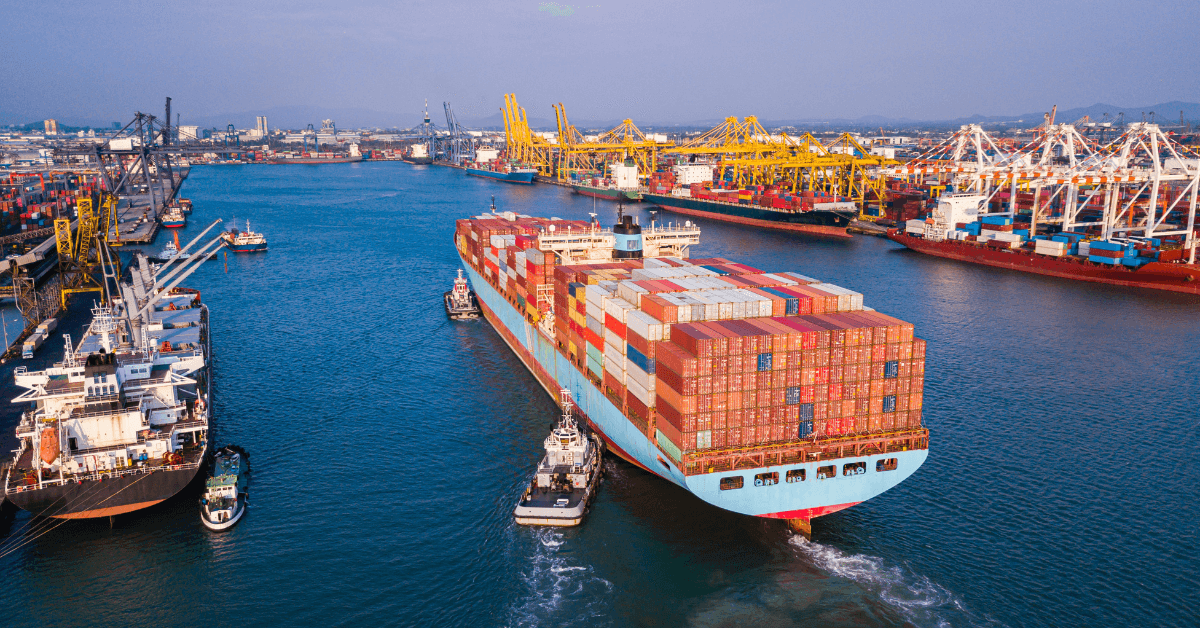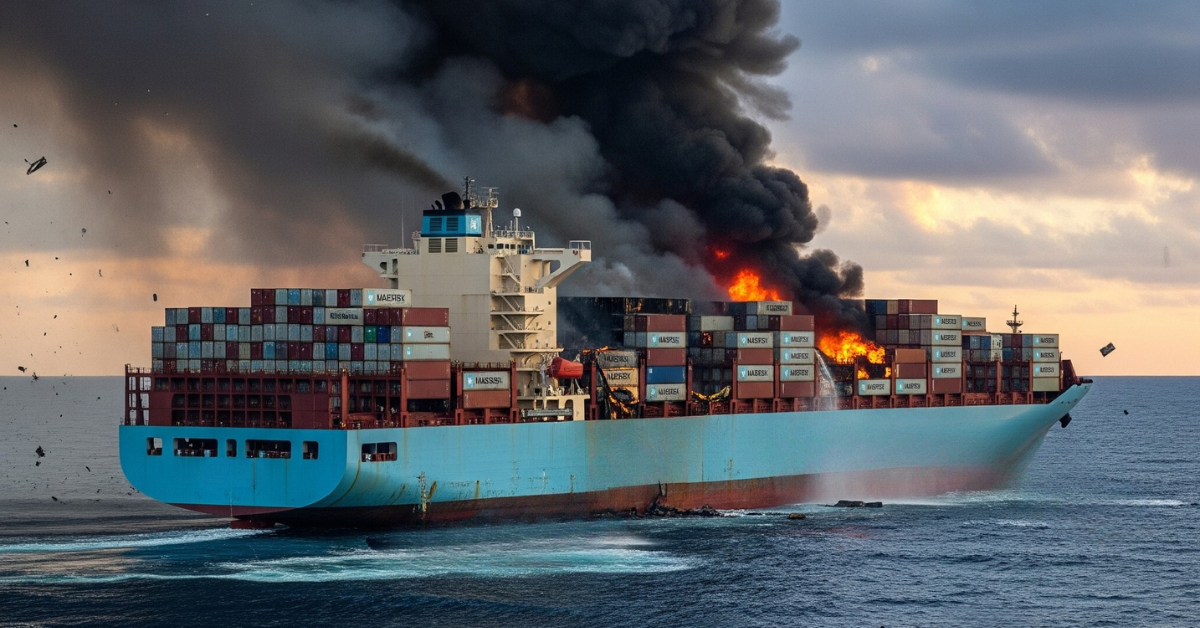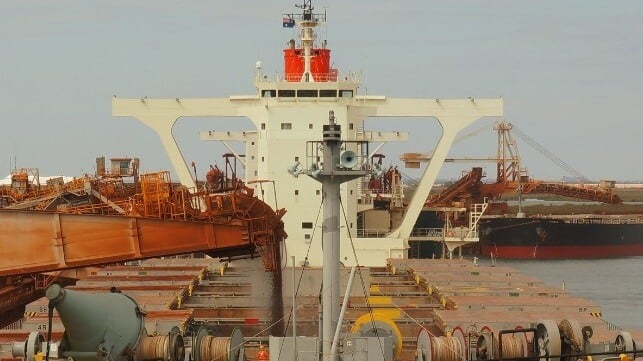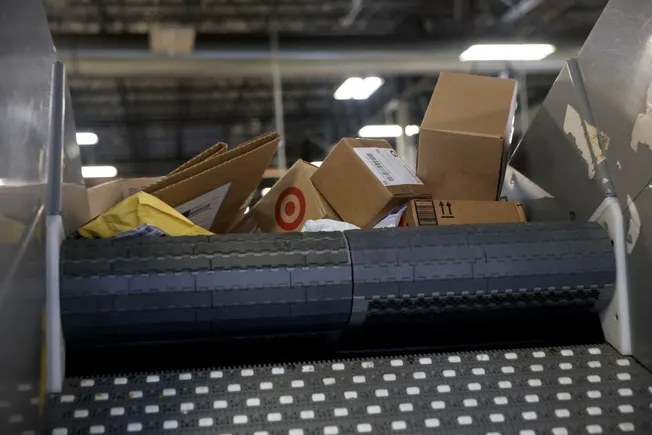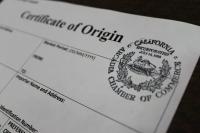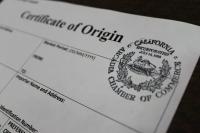US EXPANDS SCOPE OF SECTION 232 STEEL, ALUMINUM TARIFFS
Truck trailers, certain car parts and numerous household appliances will now face 50% levies, per guidance from Customs and Border Protection.
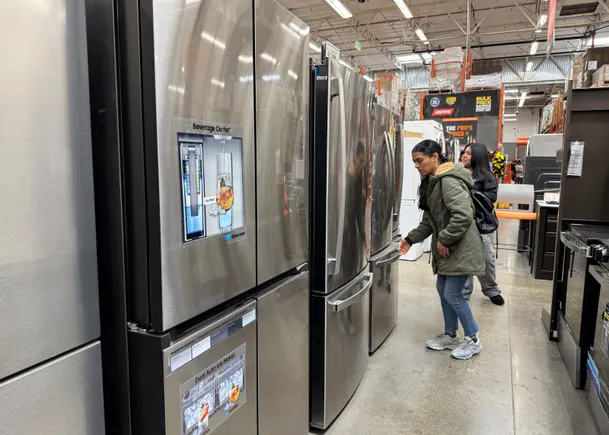
The U.S. has expanded the list of goods subject to Section 232 tariffs on steel and aluminum imports, per Customs and Border Protection bulletins published Friday.
In the bulletins, CBP provided lists of Harmonized Tariff Schedule codes for hundreds of products that will incur 50% tariffs upon entry into the U.S, effective Monday.
The goods listed include locomotives, motorcycles, truck trailers and certain car parts, as well as numerous household appliances, such as refrigerators, dishwashing machines, stoves and ovens, laundry machines and microwaves.
The U.S. began charging 25% tariffs on aluminum and steel imports in March per an executive order from President Donald Trump, who later hiked the rate to 50%. Trump implemented the duties to address national security concerns following a Section 232 investigation by the Commerce Department, per the order.
“By my count, the steel and aluminum tariffs now affect at least $320 billion of imports based on 2024's general customs value of imports,” said Jason Miller, a professor of supply chain management at Michigan State University, in a LinkedIn post Sunday. “This will add more inflationary cost-push pressures to already climbing prices that domestic producers are charging as picked up by July's PPI data.”
Although steel and aluminum imports from most countries face the 50% rate, the U.S. has set a 25% levy for such imports from the U.K, per the CBP bulletins.
In June, the U.S. and the U.K. finalized provisions of a trade deal framework first announced in May. At the time, the White House said it was planning to establish a tariff-rate quota for steel and aluminum imports from the U.K.
The Trump administration has previously expanded the list of product types covered under executive orders implementing tariffs, including those on steel and aluminum imports. For example, the White House in April added empty aluminum cans and beer as derivative products subject to aluminum levies.
“This isn’t over,” said Pete Mento, director of global customs at DSV, in a LinkedIn post Monday. “The next list will surely be for copper and I expect that to be equally as miserable.”
Philip Neuffer, Edwin Lopez, Senior Editor

